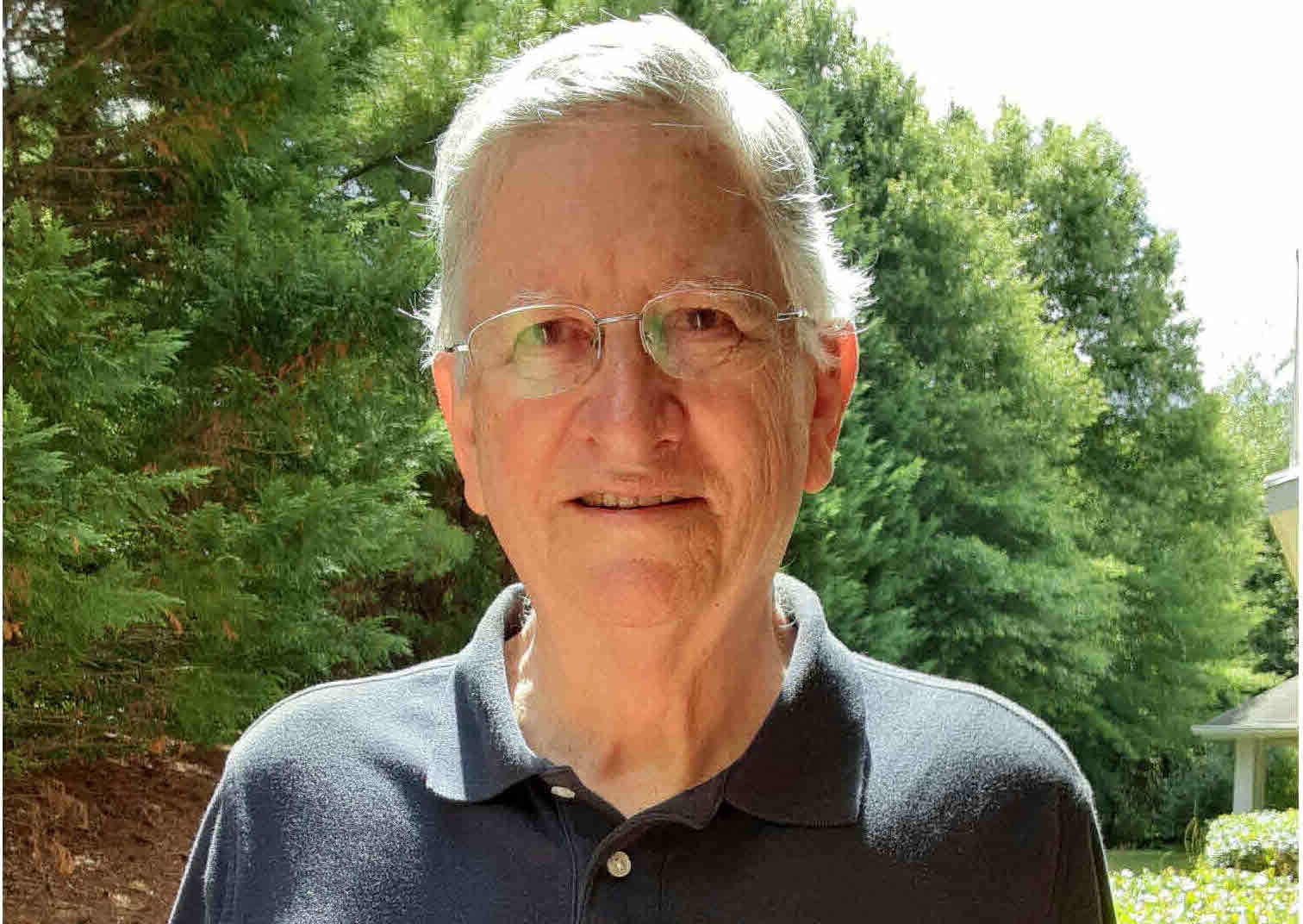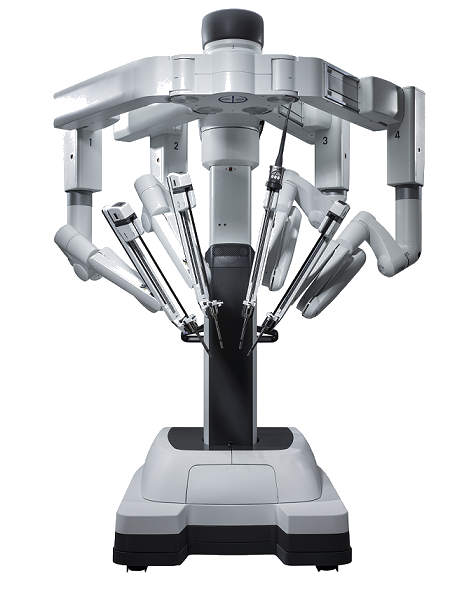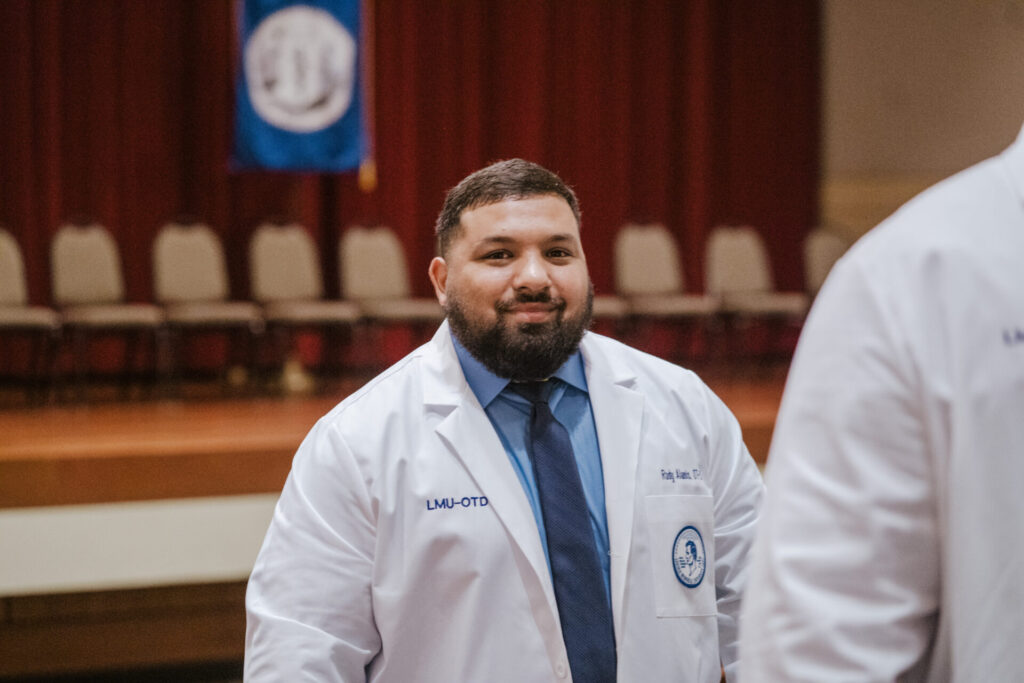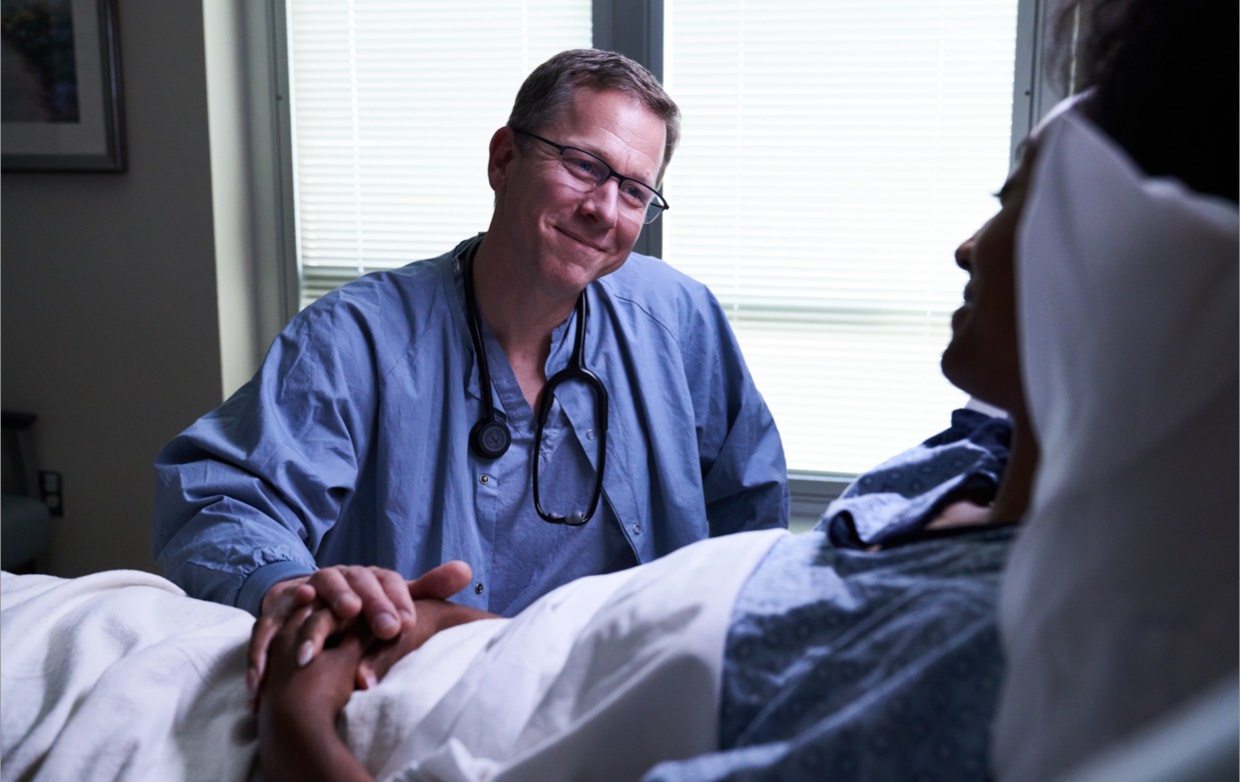- Find a DoctorDoctors by Specialty
- Cardiac Electrophysiology
- Cardiology
- Colon & Rectal Surgery
- Family Medicine
- Gastroenterology
- General & Vascular Surgery
- Gynecological Oncology
- Gynecology
- Infectious Disease
- Internal Medicine
- Interventional Cardiology
- Interventional Radiology
- Nephrology
- Neurology
- Neurosurgery
- Obstetrics & Gynecology
- Oncology
- Oncology & Hematology
- Orthopedic Surgery
- Otolaryngology
- Perinatology
- Psychiatry
- Pulmonary Medicine
- Radiation Oncology
- Rheumatology
- Sleep Medicine
- Thoracic Surgery
- Urology
- View All Doctors
- Our ServicesMedical Services
- Bariatric Services
- Behavioral & Mental Health
- Breast Care
- Cancer Care
- Critical Care
- Ear, Nose, & Throat
- Emergency Services
- Gastroenterology
- Glossary
- Heart Care
- Home Care
- Hospice & Palliative Care
- Imaging & Diagnostics
- Long-Term Care
- Nephrology
- Orthopedics
- Primary Care
- Rehabilitation Therapies
- Robotic-Assisted Surgery
- Sleep Services
- Spine Care
- Stroke Care
- Surgery Services
- Telehealth Services
- Urology
- Urgent Care
- Virtual Urgent Care
- Women’s Services
- Wound Care
- Our Locations
- Patients & Visitors
- About Us
Man’s third hernia repair is the easiest, thanks to robotic assistance
Surgical techniques have improved drastically over the last 60 years, and no one knows that better than Frank Hamner, 76, of Knoxville.
Hamner has undergone three different hernia repairs over the years as a result of an inguinal (groin) hernia. This type of hernia occurs when the abdominal wall is weak and begins to separate and develop a defect. Sometimes the intestines or other organs may begin to protrude as well.
Hamner’s first hernia was as a teenager, and he had open surgery to repair it. Six years ago, he underwent laparoscopic surgery for another hernia. And then in June 2020, he had robotic‐assisted surgery performed by Michael Antiporda, MD, at Fort Sanders Regional Medical Center.

“I’m just amazed by the advances that have been made since my first hernia surgery,” Hamner says. “With the first one, it was an open surgery. The recovery time was much longer, and I had a great deal more pain. The second one, not so much pain. And this third time? I expected it to be a little better, but I was shocked at how easy the recovery was.”
For Hamner’s recent surgery, Dr. Antiporda used a robotic platform that combines a surgeon’s skill with computer-enhanced laparoscopic technology. Dr. Antiporda sat poised at a computer console next to Hamner and operated using only three tiny incisions.
The surgical robotic system provides high-resolution 3D imaging inside the body. It also facilitates precise and smooth movements of the laparoscopic surgical instruments, controlled at all times by the surgeon’s hands.
“When I met Dr. Antiporda, he impressed me with how patient, transparent, and informative he was,” Hamner says. “He mentioned to me he would like to use the robotic procedure, which I had not heard about. He answered all my questions and even sent me some articles via email. I became very comfortable with the idea from there.”
“A hernia later in life is fairly common in men, and 20 to 30 percent of all men will develop a hernia in their lifetime,” Dr. Antiporda says. “For Mr. Hamner, I chose the robot‐assisted surgery over pure laparoscopy in part because he had a prior surgery, which caused scar tissue in the same area as inguinal hernia surgery. For some surgeons this makes minimally invasive repair not an option. Fortunately, I have had great outcomes in this situation, and I knew that using the robot would offer many advantages for visualization and precise movements during surgery. It allows me to perform the procedure more safely and effectively.”

Dr. Antiporda continues, “Robotics have applications throughout general surgery. I use it for abdominal wall reconstruction, some esophageal and stomach surgery, and other intra‐abdominal surgery. When its use is indicated, it can be a great advantage to surgeon and patient.”
Fort Sanders Regional has two robotic surgery suites, with a number of specialty surgical robots available. “That means when I have a patient who’s a good candidate for the robotic-assisted surgery, I can schedule them very quickly,” said Dr. Antiporda.
Hamner was able to go home just a few hours after surgery and said he had very little pain following his procedure.
“Dr. Antiporda prescribed pain medicine for me, but I never needed it,” Hamner recalls. “I used an over-the-counter pain reliever to make sure I got a good night’s sleep. But the pain after surgery was practically non‐existent. I thought that was phenomenal.”
Hamner said he would recommend Fort Sanders Regional and Dr. Antiporda to anyone facing hernia surgery. “The care at Fort Sanders was phenomenal,” Hamner says. “Even though I was there just a short time, I couldn’t have asked for more professional care.”
Talk to your surgeon about whether robotic-assisted surgery is right for you. Visit FSRegional.com/Surgery for more information.

























